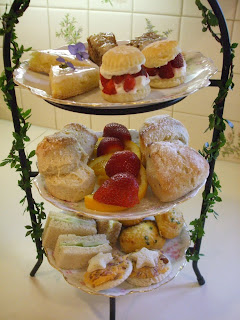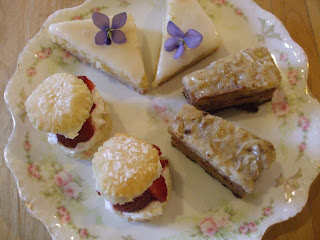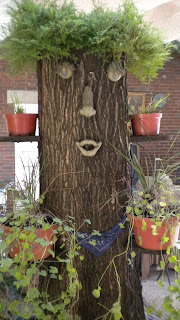What a fun treat to spot this huge expanse of Black Cohosh! On the "at risk" list of the United Plant Savers, I was thrilled to see it thriving on the edge of a state park. Black Cohosh, Cimicifuga racemosa is a powerful nervine and muscle relaxant. It is the root that is used medicinally which is a large part of what has it so endangered. It is also one of the most useful uterine tonic herbs. It stimulates the estrogen cycle in women and is particularly helpful in menopause. Not water soluble, it is best extracted in an alcohol based tincture. Be sure to use cultivated supplies!
One summer day I cut these blossoms from my garden to use in the center of the dining room table,
The next time I entered the house I wondered what that smell was. I checked the garbage can, sniffed the drain in the sink, made sure the toilet was flushed..... As it turns out, it was the Black Cohosh. Considered a carrion flower, black cohosh emits a smell of rotting meat, to attract flies which are what pollinates it!
It is sometimes called "Fairy Candles in the Woods". Can't you see why! Surely this plant casts a magical glow on some fun mid-summer eve parties for the wee folk.











































 Around every corner
Around every corner




